5 Least Known Cave Temples In India
By: Priyanka Maheshwari Sat, 04 Nov 2017 1:37:34
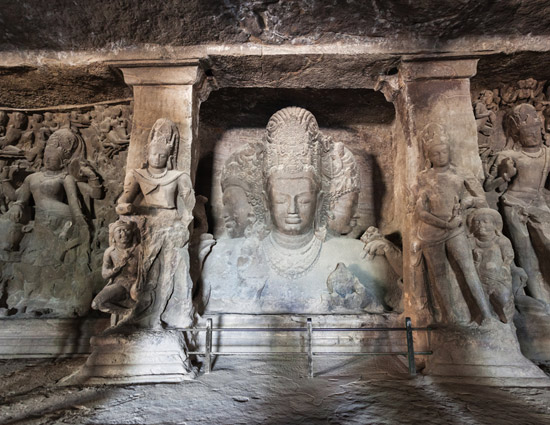
The diverse land of India has much to explore. While the list is unending as always, we focus on the caves of India in this blog. India is home to a number of rock-cut cave temples, many are still unexplored in the thick forests and untouched valleys of India. The rock-cut cave temples in India truly represent the glorious culture and history of India. There are some of the finest man made cave temples that exhibit the rich cultural heritage and exquisite rock-cut cave architecture in India. Almost all the caves are now maintained under the Archeological Society of India. Nothing can be more exciting than exploring the beautiful caves of India. Go explore!
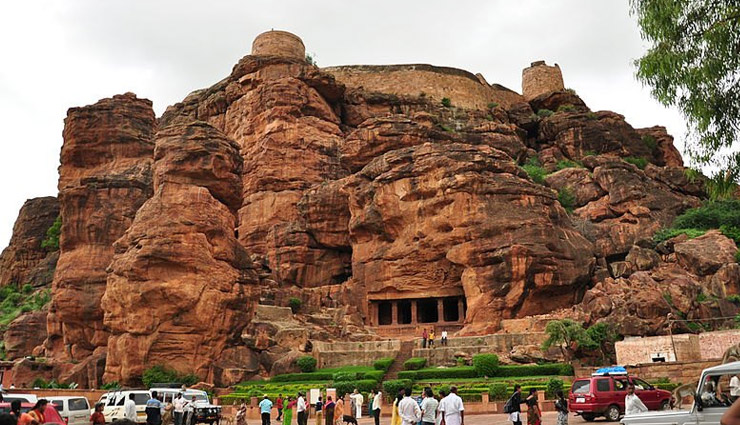
# Badami Caves, Karnataka
The beautiful complex of the Badami Caves is located at Badami in Karnataka. The temples feature Badami Chalukya architecture which was initiated during the 6th century. The caves were built back in the 6th century during the regime of the Chalukya Empire. There are a total of five caves in the complex. While Cave I is dedicated to Lord Shiva, Cave II and III are dedicated to Lord Vishnu and cave IV is dedicated to the Jain saints. The fifth cave used to be a Buddhist shrine. To enter the cave, one needs to crawl down because of its small dimensions. The popular Badami Cave Temples feature a blend of north Indian Nagara and south Dravidian architectural style.
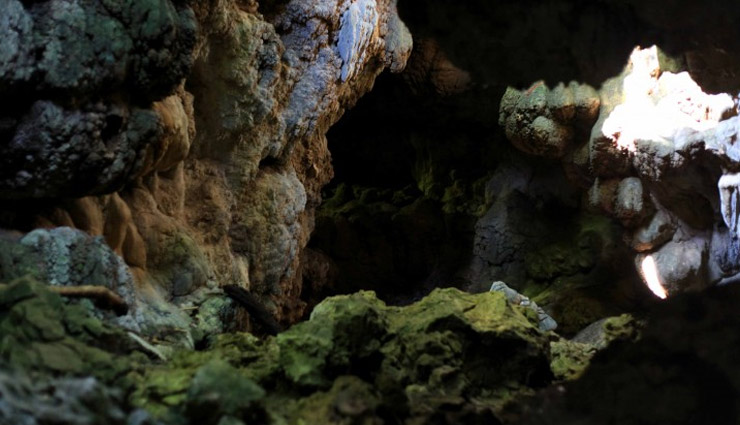
# Mawsmai Caves, Meghalaya
Located at a distance of 6 km from Cherrapunji, the Mawsmai Caves are one of the most popular caves of India located in the Northeastern state of Meghalaya, the abode of the clouds. The caves are well-known for being the only caves that have much light to enable tourists to explore its natural formations. These limestone caves are very long. However, only 150 meters of it is open for tourists.

# Bhimbetka Caves, Madhya Pradesh
A UNESCO World Heritage Site, Bhimbetka caves and shelters are located in the Raisen district in Madhya Pradesh. The caves take one back to the beginning of mankind through its rock paintings. The place is known to exhibit the earliest traces of human race on the Indian subcontinent.
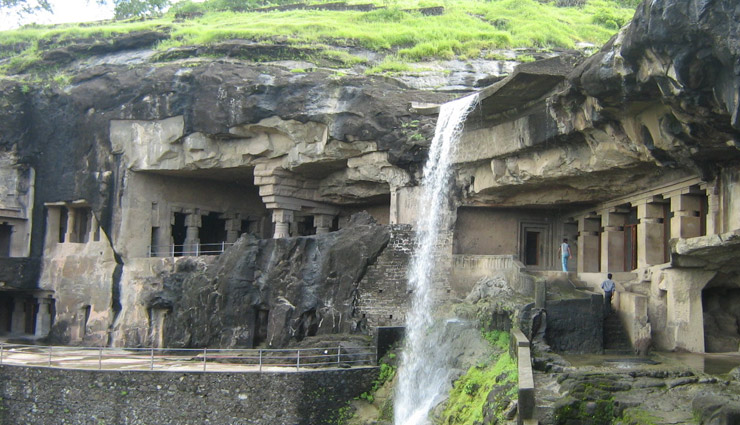
# Ellora Caves, Aurangabad
Located in Aurangabad, Ellora Caves is one of the largest rock-hewn monastic-temple complexes in the whole world. Natively known as ‘Verul Leni’, Ellora Caves is a UNESCO World Heritage Site. The complex has 34 caves that include Hindu, Jain and Buddhist cave temples. These cave temples were built back in the 4th and 5th centuries AD. There are 12 Buddhist caves to the south, 17 Hindu caves in the center, and 5 Jain caves to the north. The main attraction of the Ellora caves is the Kailash temple, which is believed to be a replica of Lord Shiva’s celestial abode on Mt. Kailash.
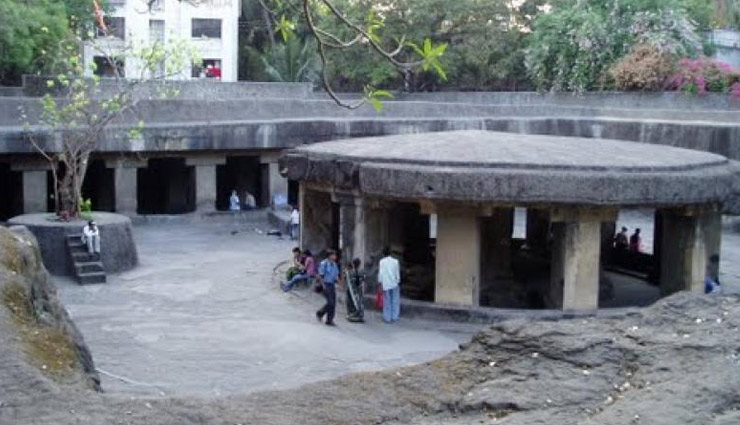
# Pataleshwar Cave temple, Maharashtra
Dating back to the 8th century, Pataleshwar cave temple is one of the most popular rock- cut cave temples of India. Located in the heart of Pune, Pataleshwar Cave temple is dedicated to Lord Pataleshwar (God of Underworld) and Lord Shiva. The most striking feature are cave temple is the unique sound of the bells.





